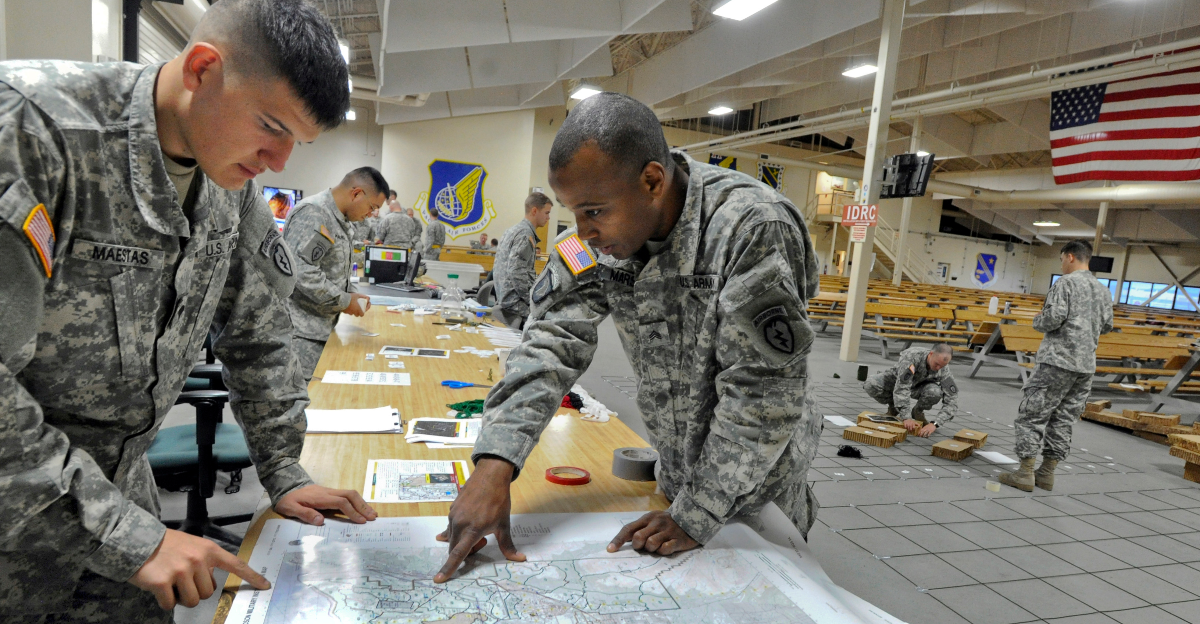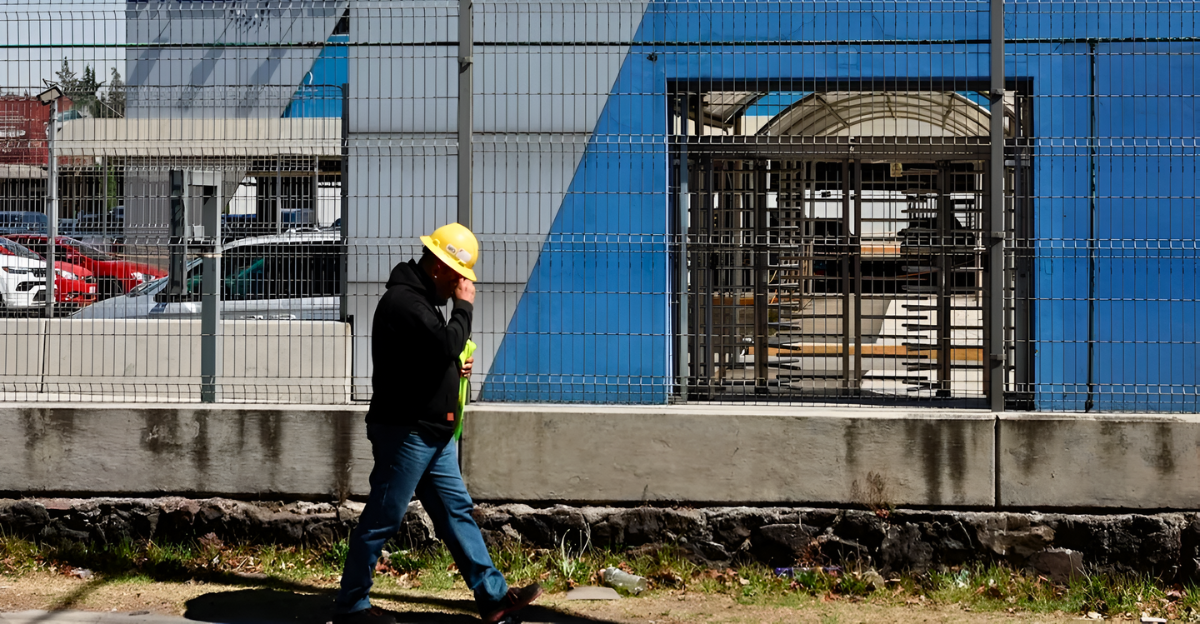
Where would you be safest if the unthinkable were to happen? Nuclear war is the kind of stuff you only see in Cold War movies.
But recent tensions and global threats are making many worry. While the best case scenario would be that these weapons are never used, experts are still investigating blast zones, simulating fallout patterns, and questioning which parts of America might have better survival odds.
This is about informed readiness. While no place could be 100% safe, some geographic elements could influence exposure. Terrain, weather, infrastructure, and other factors should all be considered.
What Actually Happens During a Nuclear Attack?

In a nuclear scenario, there are three main threats: the initial firing, thermal radiation, and fallout. The blast instantly destroys infrastructure, and radiation causes direct harm to anyone exposed.
But fallout, the radioactive dust that disperses through the air, travels hundreds or thousands of miles, depending on wind and landscape. This slow-moving danger makes exposure levels critical to zone, altitude, and weather.
How Fallout Zones Are Predicted

Scientists use decades of nuclear trial data, satellite mapping, and climate simulation models to predict fallout spread. Key factors are the detonation size, wind direction, rainfall, and elevation.
Most high-risk zones are close to prime targets, military installations, or missile silos. However, due to shifting wind patterns and atmospheric conditions, fallout can also reach rural and remote areas.
But some states still emerge with lower projected exposure in national simulations. Let’s look at nine with the best odds of withstanding nuclear fallout.
1. Maine: Far From Targets, Low Fallout Exposure

Maine is considered one of the safest states in nuclear fallout projections. It lacks major military installations, missile silos, or large population centers. It’s also geographically removed from high-risk zones like the Midwest.
Fallout simulations by Princeton researchers show cumulative radiation doses in Maine remain well below danger levels. Its forests and low-density towns reduce the risk of chaos during mass evacuations.
2. Rhode Island: Small, Coastal, and Not a Target

Rhode Island doesn’t host any nuclear power plants or critical military sites. Its compact size and coastal location reduce fallout accumulation.
Weather patterns over the Atlantic may help disperse radiation. While not entirely immune to indirect effects, the state consistently appears low-risk in simulated attack maps. It’s one of the few places projected to receive minimal exposure across multiple scenarios.
3. Michigan: Great Lakes Offer a Natural Buffer

Michigan benefits from the Great Lakes’ influence on wind and weather, reducing the fallout that reaches its territory.
Especially in northern regions and the Upper Peninsula, it’s far from strategic missile targets and has relatively low urban density.
Simulations suggest that radiation levels would be significantly lower here than in surrounding states. Rural zones could also offer sustainable shelter options.
4. Vermont: Low Density and Few Military Assets

Vermont’s mountainous terrain and absence of strategic military facilities place it in a low-risk category. The state has no nuclear plants, and its population is among the smallest in the country.
In most blast and fallout models, Vermont is outside direct danger zones. Its elevation and natural barriers may help reduce the spread of radioactive particles during fallout drift.
5. Oregon: Coastal Isolation and Strategic Irrelevance

Although it hosts some defense contractors, Oregon lacks ICBM silos and is not home to major military command centers. Western Oregon, especially, is shielded by Pacific winds that tend to push radiation eastward.
Fallout models show relatively low exposure, especially in areas away from Portland. Its forested, mountainous interior offers potential for self-reliance during a prolonged crisis.
6. New Hampshire: Small State, Large Advantages

New Hampshire is another New England state with favorable fallout simulation projections. Like Maine and Vermont, it’s removed from high-priority targets.
It lacks any large-scale nuclear power or military presence. Wind patterns generally push west-to-east, making it less vulnerable to fallout clouds. Its rural character may also help with shelter logistics and food sourcing.
7. Hawaii: Remote but Not Risk-Free

Hawaii is isolated, which keeps it out of range of most mainland nuclear fallout. While its remote location makes it less likely to be affected by U.S. silo-targeted fallout, its position in the Pacific and proximity to international tensions (like North Korea) bring other strategic concerns. Nonetheless, its isolation and oceanic buffer make it statistically safer in continental scenarios.
8. West Virginia: Natural Shelter and Low Strategic Value

West Virginia’s geography rugged mountains and rural towns could help minimize fallout exposure. It’s not a significant population center and has limited military value, which lowers its likelihood of being targeted.
Elevated areas may avoid denser fallout clouds. Despite proximity to the East Coast, it appears frequently in mid-to-low fallout zones in national simulations.
9. Kentucky: Arable Land and Fewer Fallout Risks

While Kentucky isn’t often mentioned in nuclear safety conversations, its moderate climate, arable land, and relatively sparse strategic targets make it a favorable option.
It falls outside most projected fallout paths, particularly in southern and eastern counties. According to survival planning experts, the state also has natural freshwater sources that could prove valuable in a prolonged crisis.
Why Population Density Matters

High population centers are not just likely targets, they also make emergencies harder to manage. Lower population density areas may have advantages in terms of resource distribution, evacuation capabilities, and lowered strain on emergency services. However, rural areas may also have fewer medical facilities and emergency resources available.
Preparation Matters More Than Location

Location factors may influence exposure levels, but preparation is vital regardless of geography. Access to clean water, non-perishable food, medical supplies, and shelter can be essential for survival.
Experts advise that families have emergency plans, understand their emergency systems, and stay educated about official guidance during crises.
The Real Takeaway: No Perfect Safe Haven

While geographic factors could influence fallout exposure in various scenarios, experts emphasize that any nuclear exchange would have serious effects nationwide.
Infrastructure collapse, displacement, and environmental damage would travel across every state line. Current simulations calculate over 90 million casualties within hours of a conflict. The most crucial defense remains prevention through diplomacy and arms control.






